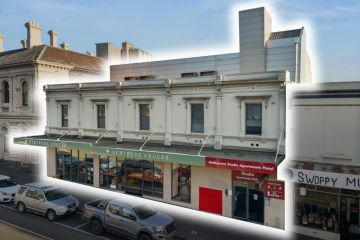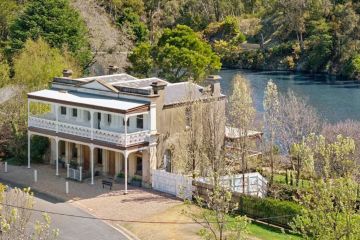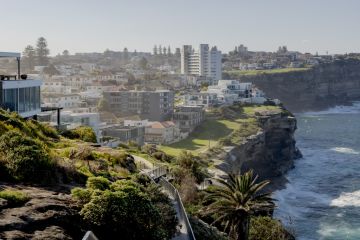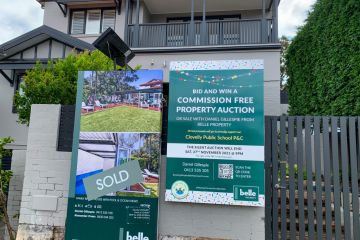Owner-occupiers buying up Gold Coast holiday units
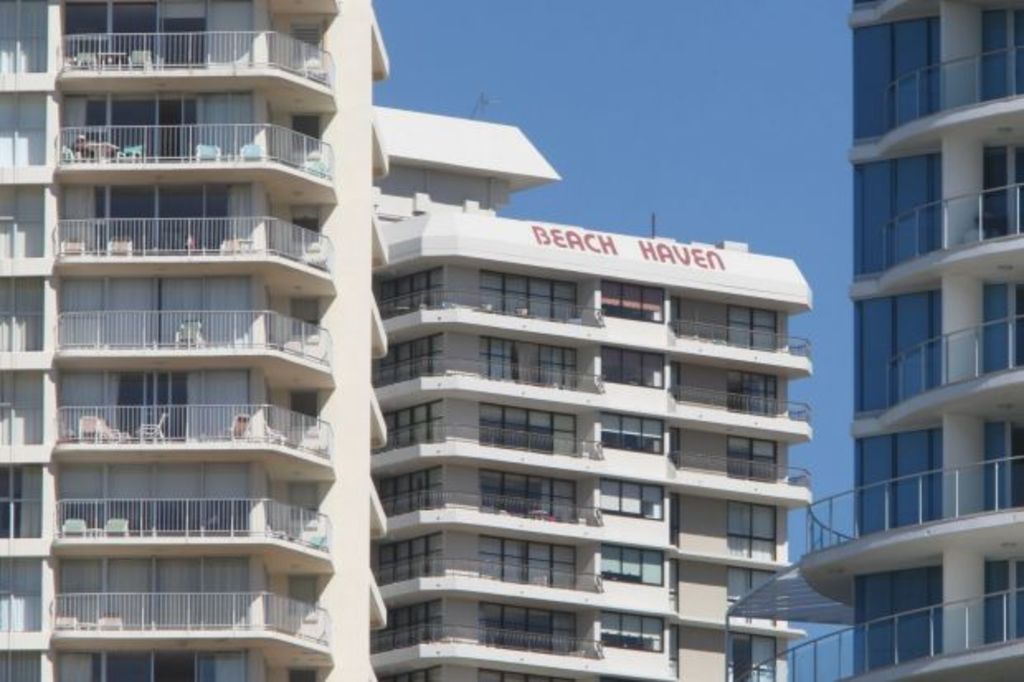
More Gold Coast owner-occupiers are moving into unit developments that were previously the sole domain of holidaymakers.
In fact, the movement is only expected to grow as local downsizers say goodbye to a backyard and hello to a balcony.
Empty-nesters are driving the trend with many selling up the family home once their children have, perhaps finally, left.
Professionals Surfers Paradise principal John Newlands said owner-occupiers were buying larger units in some of the Gold Coast’s older holiday developments.
“People are buying in the older traditional buildings for the $400,000s and they’re buying a building right in the middle of town close to the beach, the light rail and they’re very big units,” he said.
“They sell [their] house for $700,000 or $800,000 and they’ve got some money left in their pockets.”
He said value and size propositions were part of the appeal, with two-bedroom holiday units built in the 1980s generally about 140 or 150 square metres in size, compared to modern product which could be about 40 square metres smaller.
A desire to lock up and leave their units to travel was also another consideration, he said.
“With people doing a lot more travelling, they’re deciding to let go of the house and the maintenance of the backyard and the swimming pool, and they’re moving into these complexes where if they go travelling they can just shut the door and forget about it,” he said.
This lifestyle change has not gone unnoticed by developers, of course, with new unit developments now featuring more product aimed at the owner-occupier market.
Urban Planning Services director Michael Falk said proportionally more larger two- and three-bedroom-plus units were being built and less one-bedroom investor stock.
“Apartments are not just getting larger, we’re seeing more facilities that service permanent residents like multiple car parking spaces, storage and larger balcony areas,” he said.
“Owner-occupiers are making a lifestyle choice to downsize from the McMansions in suburbia to opt for an apartment with a view and abundance of services and amenities that inner-city areas offer.”
Another reason for the trend was the advent of the light rail project, he said, which had resulted in more connected Gold Coast neighbourhoods and a wider range of services along its fixed-infrastructure corridor.
The movement was likely to accelerate, he said, with historical tourist locations likely to see a stronger mix of permanent residents in the near future.
“This combination will help sustain the commercial viability of business activity within the local catchment that might otherwise be subject to seasonal variation,” Mr Falk said.
“Importantly, an increasing number of owner-occupiers in apartments will also help stabilise valuations and underpin property values in the longer term, which can at times fluctuate when there’s too much reliance on interstate or off-shore investment.
“In the end, the trend toward owner-occupiers will create a more robust and resilient neighbourhood economy.”
We recommend
We thought you might like
States
Capital Cities
Capital Cities - Rentals
Popular Areas
Allhomes
More




